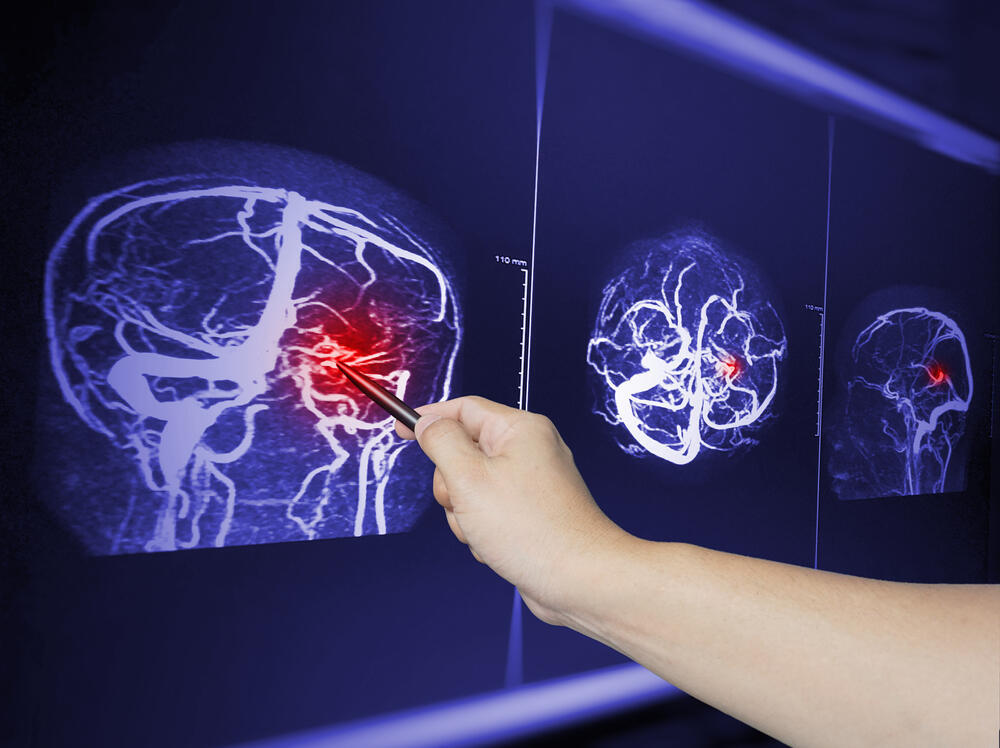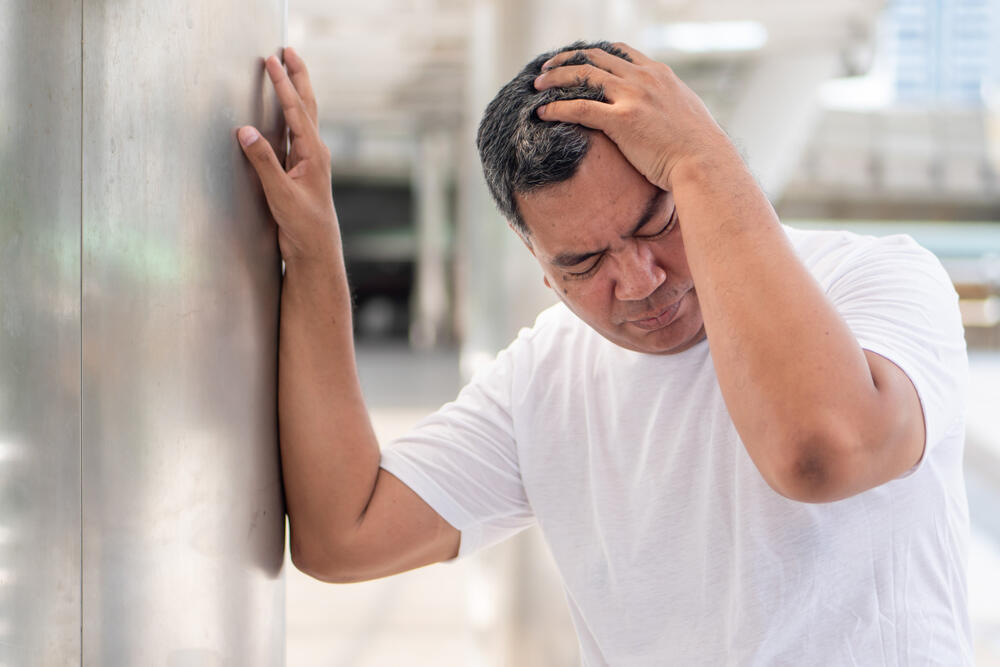It is one of the leading causes of death in Israel, and unless you receive rapid and efficient treatment immediately after the onset of symptoms, it could lead to a lifelong disability.
Other stories:
Around 20,000 Israelis suffer a stroke annually. Normally, it is caused by the blockage of blood vessels in the brain, or a certain type of hemorrhaging. Treatments include the insertion of a catheter, as well as certain medications to dissolve the blockage.
These could save lives as long as they are given within a time frame of up to six hours since symptoms began. Which is why there is much importance in identifying the symptoms early and rushing the patient to the hospital without delay.
So what exactly are those early symptoms that notify you of an upcoming stroke? How is treatment performed? And how is it possible to lessen the risk of experiencing it in the first place? Here are the answers to all of these questions.
What is a stroke?
Also known as cerebral vascular accident or CVA, it usually occurs when a blockage is formed in one of the major blood vessels that transport oxygen to our brain for the duration of a few seconds. it results with oxygen not being able to reach the delicate tissue of the brain, often causing irreparable damage.
what causes a stroke?
There are basically two types of strokes, most of which occur because of an artery that experiences blockage, preventing oxygen from reaching the brain. The other is usually caused by an intracerebral hemorrhaging caused by a certain tear of a blood vessel.
So why does it occur?
The most common reason for a stroke is atherosclerosis. Fat tissues that hone in on the edges of our blood vessels, causing a plaque. The plaque means blood can't get through. Within a few seconds break, cells begin to die. Keep in mind, brain cells are not regenerative, which means that the damage caused from it is mostly permanent and Irreversible.
There is a reason high blood pressure is known as the "silent assassin". It remains one of the key factors causing a stroke. Of course, the risk for a stroke can also be affected by age, family, history, smoking, diabetes, high cholesterol and heart problems.
The crux of the matter is that some of the blood pressure medication could have an adverse effect and actually increase the risk of experiencing a stroke, chief among those are birth control pills or certain types of hormones. Women who smoke and take those pills significantly increase the risk of a blood clot and a stroke.
Other factors include cocaine, alcoholism, ecstasy and other drugs, all of which elevate the risk of experiencing a stroke. About five years ago, a young woman was hospitalized in central Israel after having taken several ecstasy pills, Which resulted in her experiencing a stroke within a matter of minutes. It is not entirely clear whether the stroke was directly caused by the ecstasy or other elements that were mixed into the pill.
What do you feel while having a stroke?
The classic symptoms include either complete or partial facial paralysis, weakness, forgetfulness, visual impairment, difficulty in swallowing, the loss of sensation in your extremities, dizziness, the loss of coordination, mood swings and a few more. In severe cases, specifically those where the supply of oxygen to the parts of the brain that are most responsible for our heart and our breathing is compromised, the stroke will likely be fatal.
What is a transient ischemic attack?
A transient ischemic attack, or mini stroke, happens when there is a temporary disruption in the blood supply to part of the brain. The disruption in blood supply results in a lack of oxygen to the brain. This can cause sudden symptoms, like those of a stroke.
How can one diagnose a stroke?
A brain CT scan can show if there is a bleeding in the brain or damage to the brain cells from a stroke Magnetic resonance imaging, or MRI, uses magnets and a radio waves to create pictures of your brain. An MRI may be used instead of or in addition to a CT scan to diagnose a stroke.
In addition, CTA (CT angiography) uses intravenous contrast dye to show major arteries supplying the brain blood and detect the type and location of a stroke.
How do you treat a stroke?
A stroke is a medical emergency, and the sooner you can receive treatment, the greater your chance of lessening the damage from it. The objective is to rush the patient into the emergency room within up to three hours since the beginning of the first symptom, and begin treatment for it within six hours.
As the first aid staff arrives to the home of the patient and they begin realizing that a stroke is a real possibility, the issue is immediately reported to the emergency room, declaring what's called a stroke code.
The hospital, upon receiving that warning, gets ready to receive the patient. A resident neurologist is called immediately to the ER in order to swiftly examine the patient and refer him to a CT scan as soon as possible. A radiologist may also be alerted in order to accurately decipher the results of the CT scan.
Should the diagnosis confirm a stroke, the patient is then transferred for immediate treatment, which will include dissolving the blockage that caused the stroke in the first place, thereby helping the blood vessels resume the operation of transferring oxygen to the important parts of the body. Anticoagulants are also given.
When the blockage occurs in a major brain blood vessel. The patient is transferred for catheterization, in which the blood clot is removed.
Along with this immediate treatment, it is also very important to grant supportive care for the patient in the hours and days subsequent to the initial event. This is done in order to maintain optimal blood pressure at all times, thereby preventing a possible recurrence.
Are strokes preventable?
They are certainly preventable. For the most part, strokes don't just materialize out of thin air. Those most at risk to experience it are smokers, people with excess weight, diabetes patients and those with high concentration of fats in their system.
According to experts, over 85%. of strokes that happen in Israel every year are preventable. In order to do so, one must maintain a healthy lifestyle, be able to recognize the early symptoms of a stroke and arriving via medical transport to the nearest medical center post-haste.
That could save the lives of many, and mitigate the risks of debilitating and permanent impairments, thus preventing a lot of suffering and pain for many families.



